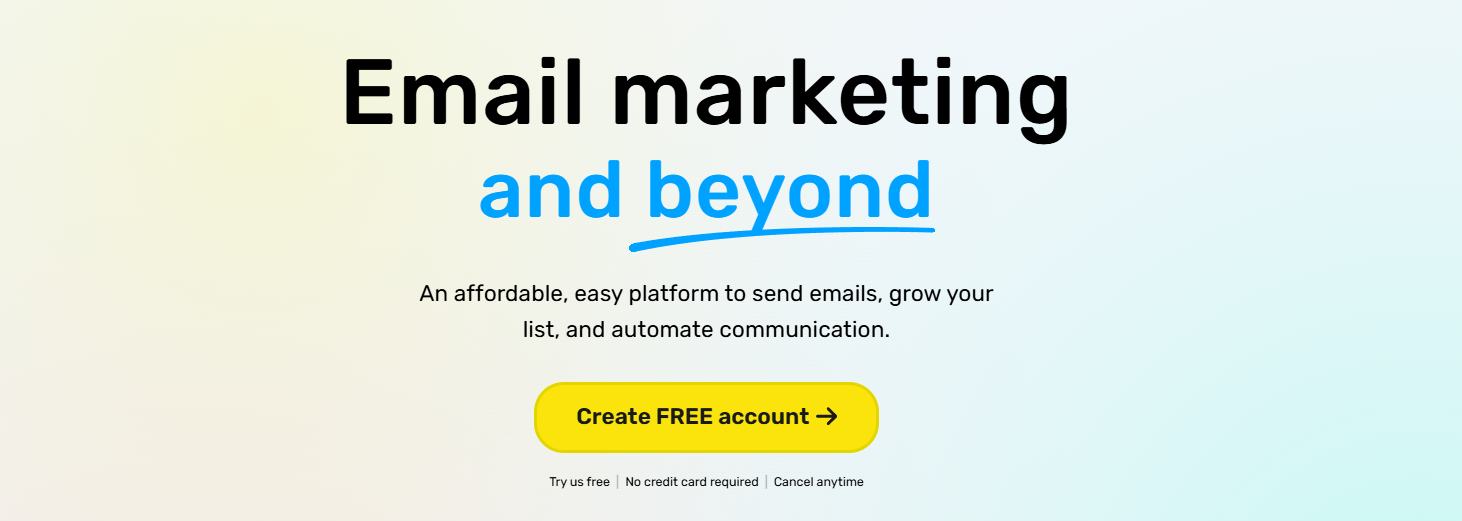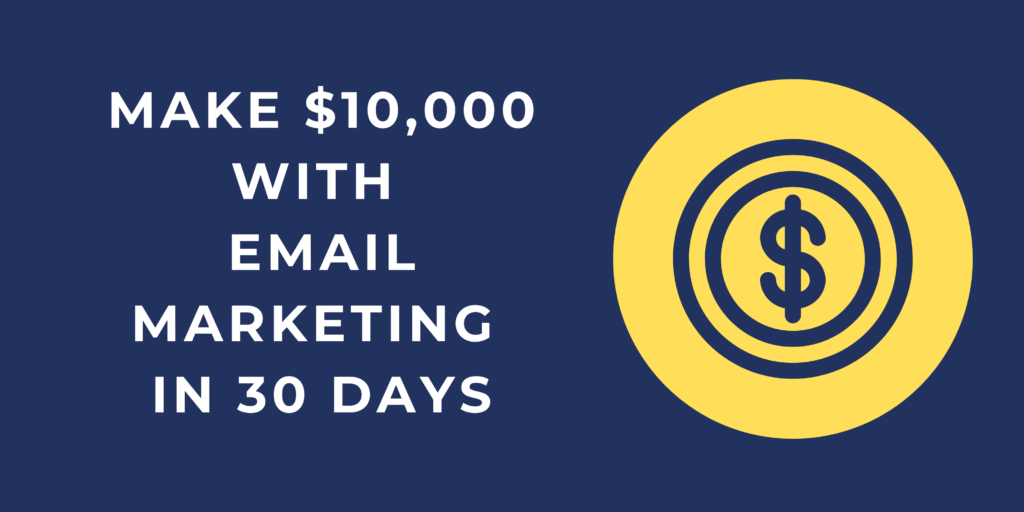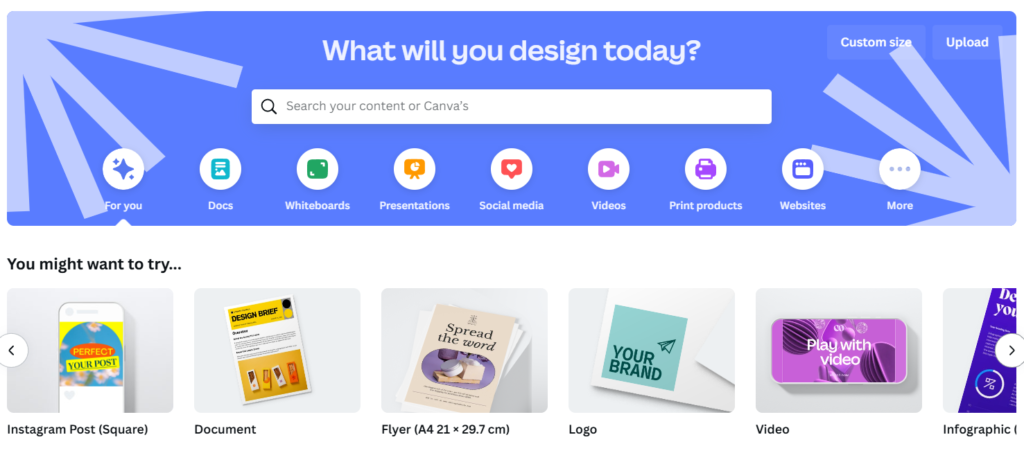Here’s a realistic example of how to make $10,000 using email marketing:
Step 1: Build an email list
- Let’s say we’re promoting a digital product, a course on “How to start a successful online business”.
- We create a landing page with a compelling offer and a free download in exchange for an email address.
- Over the course of 3 months, we collect 10,000 email addresses.
Step 2: Create a series of email campaigns
- We create a series of 6 email campaigns, each with a specific goal:
- Campaign 1: Welcome and introduction to the course (sent immediately after opt-in)
- Campaign 2: Share testimonials from successful students (sent 3 days after Campaign 1)
- Campaign 3: Share a free lesson from the course (sent 7 days after Campaign 2)
- Campaign 4: Announce the launch of the course (sent 14 days after Campaign 3)
- Campaign 5: Offer a limited-time discount to the course (sent 21 days after Campaign 4)
- Campaign 6: Follow-up with a final offer and a reminder to join the course (sent 28 days after Campaign 5)
Step 3: Use email marketing automation
- We use email marketing automation software like Mailchimp or ConvertKit to send these campaigns automatically.
- We set up the campaigns to be sent at specific intervals and schedule them in advance.
Step 4: Promote the course
- We promote the course through various channels, such as:
- Facebook ads
- Instagram ads
- Google AdWords
- Influencer partnerships
- Affiliate marketing
Step 5: Track and analyze results
- We track the performance of each email campaign using analytics tools like Google Analytics or Mailchimp’s built-in analytics.
- We analyze the results to identify what’s working and what’s not, and adjust our campaigns accordingly.
Step 6: Make $10,000
- Based on our analytics, we find that:
- Campaign 4 (launch announcement) has a conversion rate of 2.5% (250 sales out of 10,000 emails)
- Campaign 5 (limited-time discount) has a conversion rate of 3.5% (350 sales out of 10,000 emails)
- Total revenue from both campaigns: $2,500 (250 sales x $10) + $3,500 (350 sales x $10) = $6,000
- We also make an additional $4,000 from affiliate marketing and influencer partnerships.
Here’s the breakdown:
- Email campaigns: $6,000
- Affiliate marketing: $2,000
- Influencer partnerships: $2,000
- Total revenue: $10,000
This is just one example of how to make $10,000 using email marketing. The key is to build a strong list, create engaging campaigns, and track and analyze results to optimize your strategy.
Here’s a step-by-step guide to help you achieve this goal:
Step 1: Set Up Your GetResponse Account
- Sign up for a GetResponse account and choose the suitable plan for your business.
- Set up your account by adding your business name, email address, and other relevant details.
- Click Here to create Free GetResponse Account
Step 2: Build Your Email List
- Create a lead magnet (e.g., eBook, webinar, or free trial) that attracts potential customers to your email list.
- Use various opt-in forms on your website, social media, or other platforms to collect email addresses.
- Set up a welcome email series to engage new subscribers and build trust.
Step 3: Develop Your Email Marketing Strategy
- Identify your target audience and create buyer personas to tailor your content.
- Plan your email campaigns around specific goals, such as promoting products or services, nurturing leads, or building brand awareness.
- Create a content calendar to ensure consistency and organization.
Step 4: Create High-Quality Content
- Develop a content creation plan that includes:
- Valuable information or insights related to your industry.
- Engaging visuals, such as images, videos, or infographics.
- Clear calls-to-action (CTAs) that encourage subscribers to take action.
- Use GetResponse’s built-in content editor or import your own HTML templates to create professional-looking emails.
Step 5: Segment Your Email List
- Segment your email list based on subscriber behavior, demographics, or preferences.
- Use GetResponse’s automation features to send targeted emails to specific segments.
- Monitor and adjust your segmentation regularly to improve email performance.
Step 6: Optimize Your Email Campaigns
- Monitor your email campaign performance using GetResponse’s analytics and reporting tools.
- Track metrics such as open rates, click-through rates (CTR), conversion rates, and unsubscribes.
- Adjust your content, subject lines, and CTAs based on the performance data to optimize your campaigns.
Step 7: Promote Your Email Campaigns
- Share your email campaigns on social media platforms to increase visibility and engagement.
- Use paid advertising (e.g., Facebook Ads, Google Ads) to drive traffic to your website and promote your email campaigns.
- Collaborate with influencers or other businesses in your industry to expand your reach.
Step 8: Convert Subscribers into Customers
- Use GetResponse’s conversion features (e.g., landing pages, webinars) to nurture leads and encourage conversions.
- Set up retargeting campaigns to reach subscribers who have abandoned their shopping carts or haven’t converted yet.
- Offer incentives or discounts to subscribers who make a purchase or complete a desired action.
Example Email Campaign Strategies
- Welcome Series: Send a series of emails welcoming new subscribers, introducing them to your brand, and offering valuable resources.
- Product Promotion: Send targeted emails promoting specific products or services to subscribers who have shown interest in related topics.
- Abandoned Cart: Send reminders to subscribers who have abandoned their shopping carts with exclusive offers or discounts.
- Nurture Campaign: Send educational emails nurturing leads through the buying process with valuable content and resources.
- Webinar Promotion: Send promotional emails for webinars, offering exclusive content and insights to subscribers.
Tips for Making $10,000 with GetResponse Email Marketing
- Focus on high-quality content: Create engaging and informative content that resonates with your audience.
- Build a large and engaged list: Grow your email list by offering valuable resources and building trust with your subscribers.
- Use segmentation and automation: Segment your list and use automation features to send targeted emails that increase conversions.
- Monitor and optimize: Continuously monitor your email campaign performance and adjust your strategy based on the data.
- Collaborate with influencers: Partner with influencers in your industry to expand your reach and promote your email campaigns.
By following these steps and strategies, you can create a successful email marketing campaign that generates $10,000 in revenue using GetResponse. Remember to focus on high-quality content, building a large and engaged list, using segmentation and automation, monitoring and optimizing, and collaborating with influencers.
Why Personally Recommend Getresponse Email Marketing Software

As a digital marketing expert, I’m excited to share why I personally recommend GetResponse email marketing software. Here are some key reasons:
1. All-in-One Solution: GetResponse is a comprehensive email marketing platform that offers a wide range of features beyond just email marketing. It includes features like landing pages, webinars, automation, and more.
2. User-Friendly Interface: GetResponse has an intuitive and user-friendly interface that makes it easy to navigate, even for those who are new to email marketing. The drag-and-drop editor makes it simple to create professional-looking emails and campaigns.
3. Advanced Automation: GetResponse’s automation features allow you to set up complex workflows and triggers, enabling you to send targeted and personalized messages to your subscribers. This helps to increase engagement and conversion rates.
4. Robust Segmentation: GetResponse allows you to segment your email list based on various criteria, such as behavior, demographics, and preferences. This enables you to target specific groups of subscribers with relevant content and improve the effectiveness of your campaigns.
5. Competitive Pricing: GetResponse offers competitive pricing plans that are suitable for small businesses and entrepreneurs. The pricing is transparent, and you can choose the plan that best suits your needs.
6. Excellent Customer Support: GetResponse has a dedicated customer support team that is available 24/7 to help with any issues or questions you may have. They also offer a comprehensive knowledge base and tutorial resources.
7. Integration with Popular Tools: GetResponse integrates seamlessly with popular tools like WordPress, Shopify, and Facebook, making it easy to connect your existing infrastructure and automate your marketing workflows.
8. High Delivery Rates: GetResponse has high delivery rates, ensuring that your emails reach your subscribers’ inboxes and not spam filters.
9. Responsive Design: GetResponse’s email templates are designed to be responsive, ensuring that your emails look great on desktops, tablets, and mobile devices.
10. Free Trial: GetResponse offers a 30-day free trial, allowing you to test their features and see if it’s the right fit for your business before committing to a paid plan.
In conclusion, GetResponse is an excellent choice for anyone looking for a comprehensive email marketing platform that offers advanced features, ease of use, and excellent customer support.



Your explanations of email marketing bounce rates have been clear.
Job application email templates submit resumes.
Start implementing these resources to enhance your website’s SEO performance.